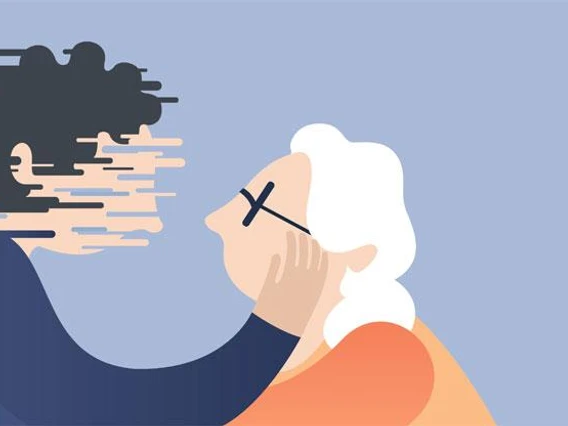What Kind of Tremors are There?
Tremors are involuntary, rhythmic movements of a part of the body, and they can be classified

into different types based on their characteristics and causes. Here are some common types of tremors:
1. Resting Tremor: This type of tremor occurs when a muscle is at rest and not involved in purposeful movement. Resting tremors are a hallmark symptom of Parkinson’s disease and often manifest as a rhythmic shaking of the hands, fingers, or other body parts while at rest.
2. Action Tremor:
- Postural Tremor: This occurs when a person maintains a position against gravity, such as holding the arms outstretched. Essential tremor, a common neurological disorder, is often associated with postural tremors.
- Kinetic Tremor: This tremor occurs during voluntary movement, such as reaching for an object or performing fine motor tasks. Essential tremor and tremors caused by certain medications or neurological conditions can exhibit kinetic tremors.
3. Intention Tremor:This type of tremor occurs during purposeful movements, such as reaching for a target. Intention tremor is often seen in conditions affecting the cerebellum, a part of the brain involved in coordination and precision of movements.
4. Task-Specific Tremor:Some tremors are specific to certain tasks. For example, writing tremor occurs during writing but may not be present during other activities.
5. Physiological Tremor: This is a normal, low-amplitude tremor that everyone experiences to some extent. It is typically not visible and can be influenced by factors such as fatigue, stress, or caffeine intake.
6. Essential Tremor: Essential tremor is one of the most common types of tremor. It usually involves rhythmic shaking of the hands, but it can also affect the head, voice, or other body parts. Essential tremor is often hereditary and may worsen with movement or emotional stress.
7. Dystonic Tremor: This type of tremor is associated with dystonia, a movement disorder characterized by sustained muscle contractions that cause twisting and repetitive movements. Dystonic tremors may occur in specific body parts affected by dystonia.
It’s important to note that tremors can be a symptom of various medical conditions, and their specific n help healthcare professionals determine the underlying cause. If someone is experiencing tremors, it is advisable to consult with a healthcare provider for a thorough valuation and diagnosis.





















